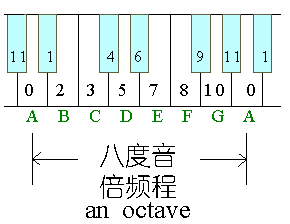John G. Neuhoff
http://jneuhoff.com/index.htm
An adaptive bias in perceiving looming auditory motion
Rising acoustic intensity can indicate movement of a sound source toward a listener. Perceptual overestimation of intensity change could provide a selective advantage by indicating that the source is closer than actual, providing a better opportunity for the listener to prepare for the source's arrival. Results indicate that rising intensity changes in loudness more than equivalent falling intensity, and approaching sounds are perceived as starting and stopping closer than equidistant receding sounds. Both effects are greater for tones than for noise.
The Doppler Illusion: The Influence of Dynamic Intensity Change on Perceived Pitch
The Doppler effect is the change in frequency that occurs when there is relative motion between a sound source and a listener. A familiar example may be the pitch change heard in a train's horn as it passes a crossing. Our work on the Doppler "Illusion" demonstrates a new auditory phenomenon associated with the Doppler effect and illustrates a new influence of dynamic intensity change on perceived pitch. Subjects experience an illusory RISE in pitch even though no rise in frequency occurs. The illusion occurs due to a failure of selective attention to frequency in the face of changing intensity. The perceptual dimensions of pitch and loudness interact.
An adaptive bias in perceiving looming auditory motion
Rising acoustic intensity can indicate movement of a sound source toward a listener. Perceptual overestimation of intensity change could provide a selective advantage by indicating that the source is closer than actual, providing a better opportunity for the listener to prepare for the source's arrival. Results indicate that rising intensity changes in loudness more than equivalent falling intensity, and approaching sounds are perceived as starting and stopping closer than equidistant receding sounds. Both effects are greater for tones than for noise.
The Doppler Illusion: The Influence of Dynamic Intensity Change on Perceived Pitch
The Doppler effect is the change in frequency that occurs when there is relative motion between a sound source and a listener. A familiar example may be the pitch change heard in a train's horn as it passes a crossing. Our work on the Doppler "Illusion" demonstrates a new auditory phenomenon associated with the Doppler effect and illustrates a new influence of dynamic intensity change on perceived pitch. Subjects experience an illusory RISE in pitch even though no rise in frequency occurs. The illusion occurs due to a failure of selective attention to frequency in the face of changing intensity. The perceptual dimensions of pitch and loudness interact.


评论
发表评论